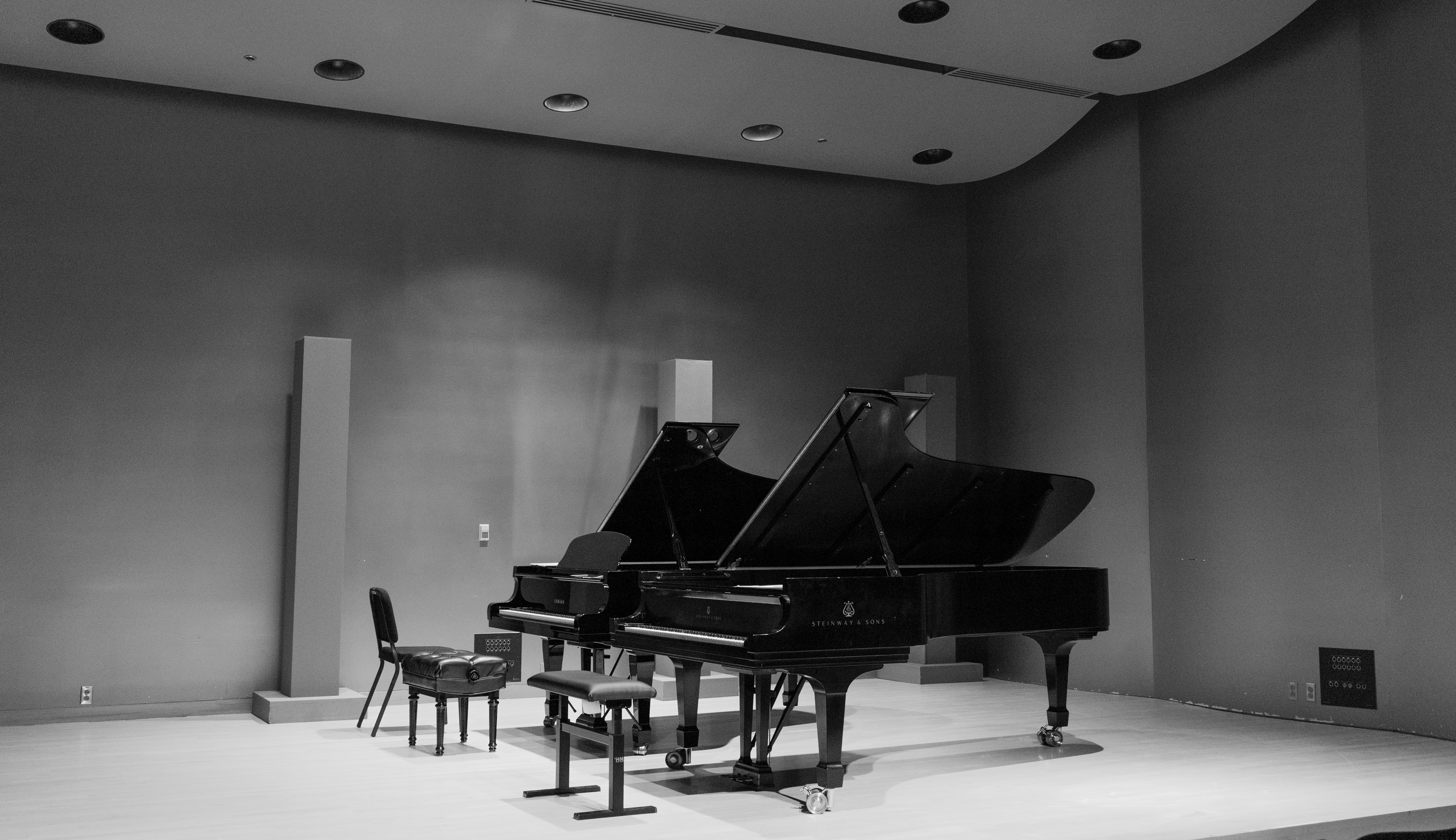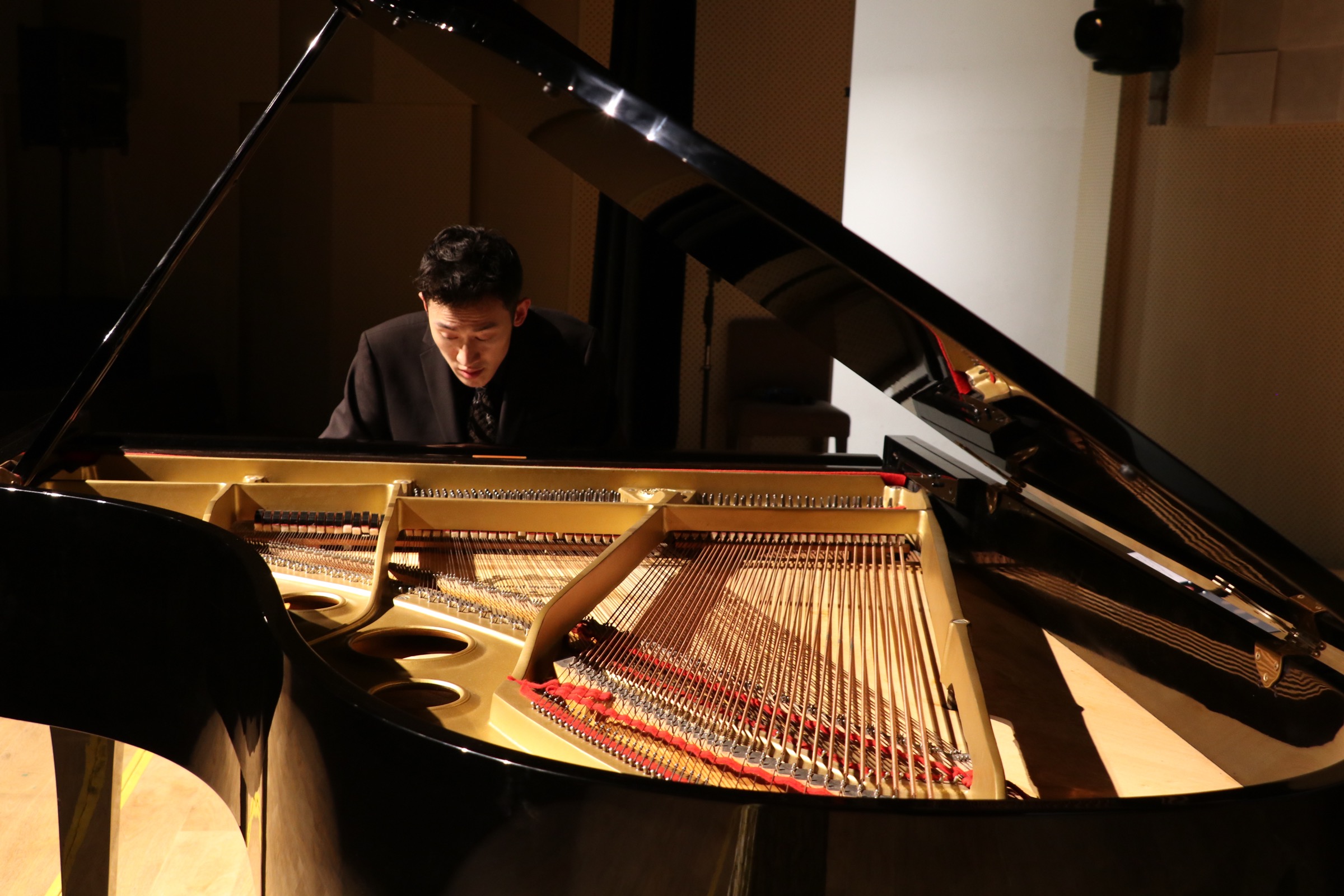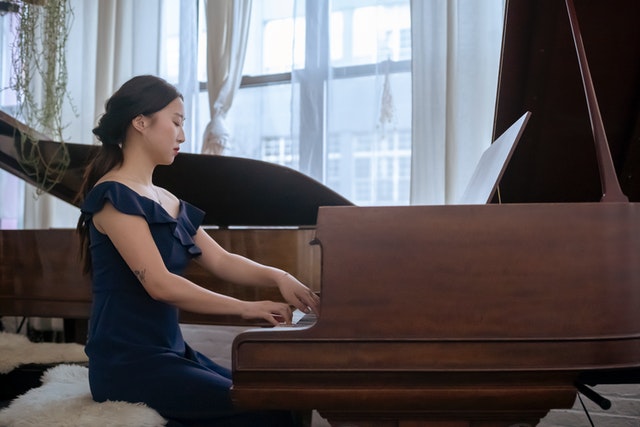
Is Gymnopédie No. 1 by Erik Satie Hard to Learn on Piano?
At first glance, Erik Satie’s Gymnopédie No. 1 doesn’t look intimidating. The notes move slowly, the rhythms are straightforward, and the hands rarely stray far from one another. For that reason, many students assume it’s an easy piece. But learning it, and more importantly, playing it well, requires more than reading the right notes in time. It demands a level of control, listening, and patience that most beginners don’t expect.
This is one of those pieces that punishes sloppy playing. Every note is exposed. The music is sparse, which means there’s nowhere to hide.
If you’re an adult student drawn to the calm, hypnotic sound of this piece, you’re not alone. It’s a common “goal piece” at David Chang Music, and with the right approach, it’s absolutely achievable, often within a year or less. For more information about adult piano lessons in New York, or if you’d like to participate in our unique goal-oriented curriculum world-wide, please get in touch.
How This Piece Is Leveled
In most teaching literature, Gymnopédie No. 1 is placed around a Late Intermediate level. Jane Magrath categorizes it as Level 7. ABRSM does not include it in its core graded syllabus, but when used for supplemental study, teachers usually assign it at a Grade 6 or 7 level. It appears approachable on the page, but most instructors recognize that expressive control, not note-reading, is the real test here.
The piece is written in 3/4 time and moves at a marked tempo of Lent et douloureux, or "slow and painful." It sits in D major, a manageable key with two sharps, but the harmonic movement includes modal shifts and unexpected resolutions. Students who expect traditional tonic-dominant progressions may be caught off guard by the way the piece drifts.
Technical Demands
There are no octaves or rapid runs, but the left hand must maintain a steady quarter-note pulse across most of the piece. That may sound simple until you try keeping it truly even across multiple pages, without dragging or rushing, while your right hand plays slower, more expressive lines above it.
The right hand must be voiced carefully. In many phrases, the melody emerges from within a three-note chord, with the other two notes needing to stay almost inaudible. That kind of balance requires finger control that is rarely taught in the early stages of method books.
Pedaling is another hidden challenge. Students often want to hold the pedal down too long, but that creates a blurry wash of sound that masks the harmony. Satie’s music benefits from restraint. The right use of pedal adds warmth without clouding the chords. This is hard to master without a teacher helping you listen for clean transitions.
Harmonic Structure
Satie uses unresolved tensions to create atmosphere. Instead of resolving chords in the usual way, he lets dissonances linger. The result is dreamlike, but it also makes it harder to “feel” when a phrase ends. There are no big cadences or flourishes that tell your hands where to go next.
This is why sight-reading alone won’t get you very far. Students need to understand the harmonic pacing, where to breathe between phrases, and how to highlight certain shifts in tone while leaving others soft and neutral.
Rhythm and Expression
The left hand moves in steady quarter notes throughout the piece. The temptation is to let it become mechanical. But if the rhythm is too rigid, the piece becomes lifeless. On the other hand, if the pulse wavers, the music starts to feel unstable. Balancing these two extremes—keeping time without sounding robotic—is one of the most difficult parts of playing Gymnopédie No. 1 well.
Rubato is used sparingly here. The goal is to shape phrases with subtle timing rather than wide fluctuations. This requires a mature ear and control over timing that beginners usually have to develop over time. Counting is important, but so is knowing when to let a note linger just slightly, then return to the tempo without losing momentum.
Why So Many Students Choose It
Despite its difficulty, this piece is one of the most requested by adult beginners. It’s calm, reflective, and doesn’t sound like it’s showing off. There are no fast passages or loud dynamics. Many students say it feels personal, like it belongs in their own living room rather than a concert hall.
That connection makes it an ideal goal piece. Even though the technique is challenging, students are motivated to work through the details because the sound is so satisfying.
Learning This Piece at David Chang Music
At David Chang Music, we help students work toward their dream pieces from the very beginning. Even adult beginners who have never played a note before will often begin learning a simplified version of their goal piece by the third lesson.
For Gymnopédie No. 1, that might mean starting with just the left-hand quarter notes, building rhythmic stability before layering in the right-hand phrases. Over time, we introduce voicing exercises and pedal practice to develop the control needed for a polished sound. Students often reach a full, expressive version of the piece within six to twelve months.
You don’t need years of training before attempting something beautiful. With the right instruction and consistent practice, pieces like this become part of your real repertoire—not just a dream.
Final Thoughts
Gymnopédie No. 1 isn’t fast, and it doesn’t require huge leaps or runs. But it is far from easy. Its challenges are subtle, and mastering them takes more skill than you might think. Still, it’s within reach, even for beginners, if you approach it with focus and structure.
If this is a piece you’ve always wanted to learn, we’d love to help you get there. Reach out to David Chang Music to get started—either in person in New York or online wherever you are.





